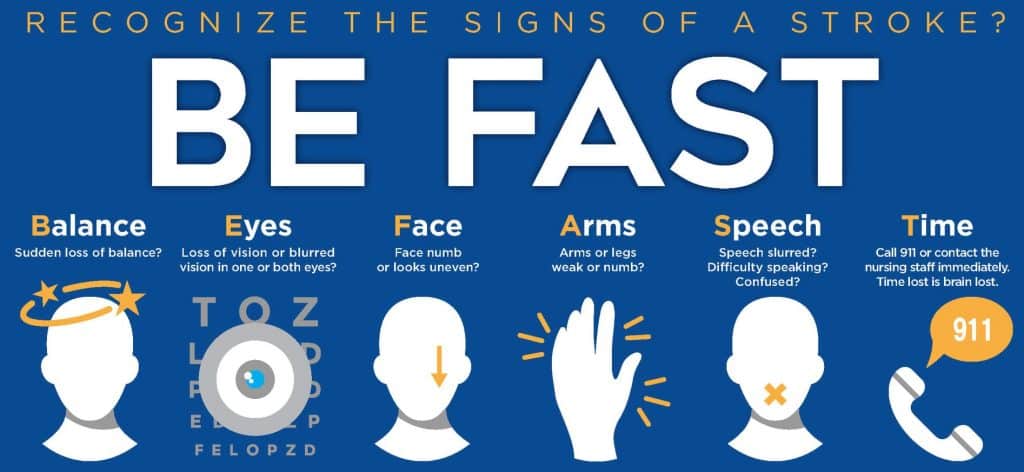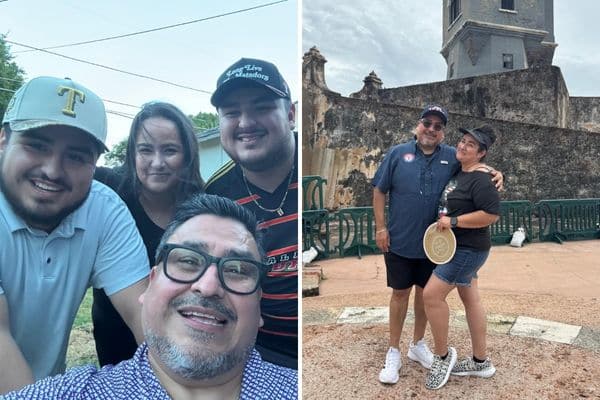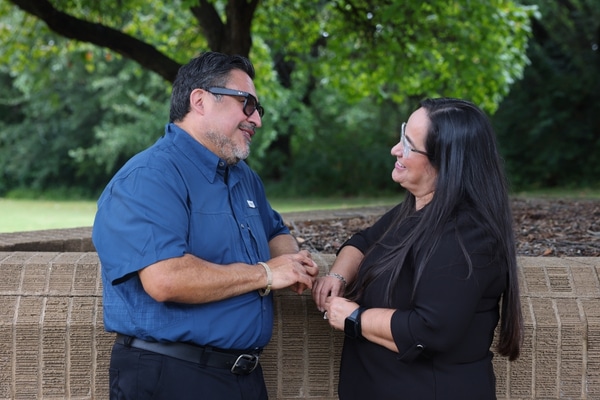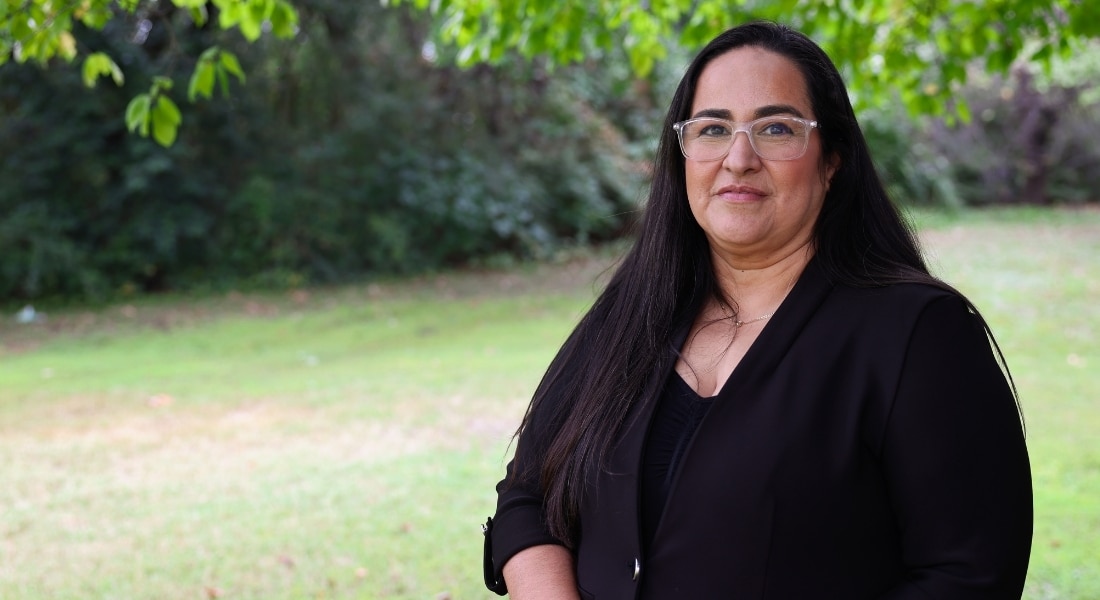At first, Cynthia Granados shrugged off the slight hearing loss in her right ear as nothing serious, just a temporary thing — but it was the first warning sign of a stroke.
Days later, a tingling sensation and numbness on the right side of her face had Cynthia and her husband rushing to the emergency room at Methodist Dallas Medical Center.
Doctors there quickly diagnosed her with a stroke, and scans revealed a connection between the hearing loss and a potentially life-threatening condition.
“Having a stroke puts me at a higher risk of having another one,” says the 53-year-old language services coordinator from Oak Cliff. “Now I’m more conscious of my health. I’m trying to lose weight.”

UNEXPECTED SYMPTOM
In March 2025, Cynthia noticed her hearing slipping in and out. An ear, nose, and throat specialist conducted a test but found only a slight difference between her right and left ears.
Two days later, she was watching a movie with her husband, Juan, when the right side of her face began to tingle and then went numb.
“Not an arm, not a leg, it was just a cheek,” she says. “Like underneath my eye and all the way to my jaw on my right side.”
Her only risk factor for a stroke before that day was obesity. The hearing loss was her wake-up call.
Hearing loss is not a common stroke indicator, but it’s possible because of a disruption in the blood flow to the nerves that control hearing, says Kyle Oholendt, MD, Cynthia’s primary care physician and an internal medicine specialist on the medical staff at Methodist Dallas.
“If you have blood flow loss to those nerves, like in a stroke, you can have hearing changes or hearing problems,” Dr. Oholendt says.

ANOTHER VISIT TO ER
Cynthia stayed overnight in the hospital and was discharged the next day with a new determination to care for herself.
But two weeks later, she was back in the ER, this time for her husband. Juan noticed the left side of his face was drooping and called Cynthia for help.
She quickly contacted Bianca Dulaney, stroke coordinator at Methodist Dallas, who told Juan to get to the ER immediately.
The staff at Methodist Dallas immediately implemented the stroke protocol for Juan, providing the same care and attention that Cynthia had received weeks earlier.
“I did love the process,” Cynthia says. “I said to Bianca, I feel comfortable that the people knew what they were doing because they were taking their time. They were doing all these things, and I knew they only had this amount of time to do it.”
Juan recovered quickly from what turned out to be Bell’s palsy, nerve inflammation that causes temporary facial paralysis. It wasn’t a stroke, like Cynthia’s, but the scare shook them both.

NEW OUTLOOK ON LIFE
Those back-to-back hospital visits inspired diet changes for the Granados family. They rarely eat fried foods now, focusing more on fruits, vegetables, and lean meats.
“The diet side, I think, is very important,” Dr. Oholendt says. “People who have had a stroke kind of go on a low-cholesterol or Mediterranean diet as another good way to prevent another stroke.”
He also recommends 150 minutes per week of moderate physical activity, like walking, biking, swimming, dancing, or even yard work, to lower stroke risk.
Cynthia is still being treated for hearing loss, and sometimes, when interpreting for Spanish-speaking patients, she must turn her head to hear them.
She remains optimistic about her prognosis because of the care she received at Methodist Dallas and hopes her story encourages others to take health concerns seriously, regardless of age.
“We have to really take care of ourselves, even if you consider yourself young,” she says. “I was lucky. It did affect my life, but not to the extent I have seen it in the hospital.”

